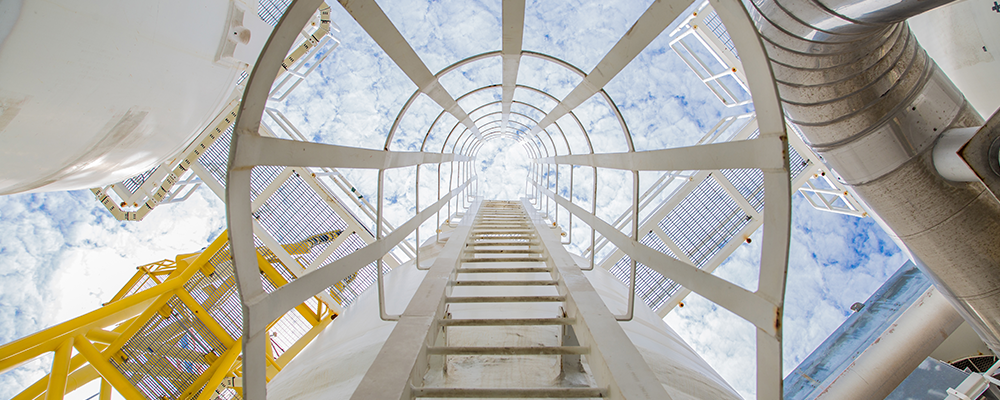

Latest Article

July 25th, 2025
Shaping Competence Together: Building a Culture of Competence in High-Hazard Industries
Other posts by this author
July 17th, 2020
Safety trainer and assessor job – careers at Reynolds Training Services Ltd
July 1st, 2019
Reynolds Training Services Announces £150k Investment in Humber Region
December 20th, 2018
100% Pass Rate – NEBOSH HSE Certificate in Process Safety Management
Categories
Competency Health and Safety Articles Health and Safety News Health and Safety Training In-House News Industry News Online Health and safety Process Training Reynolds Training Services rts Training Course Trending Uncategorized
Written by Matthew Pattinson
September 8th, 2016
Health and Safety News
rts
An array of hazards surround the management of above and below ground fixed bulk storage tanks. Atop this list resides fire and explosions.
For these to occur, typically it requires a trio of elements to form a chain reaction:
Fires or explosions often happen when vapours or liquids are released from a controlled environment to areas where there may be an ignition source. Alternatively, this can occur when an ignition source is introduced into a controlled environment.
Common causes of such incidents include:
Incidents involving flammable liquids typically occur during transfer operations.
These include:
Combustion of liquids occurs when flammable vapours released from the surface of the liquid ignite. The amount of flammable vapour produced:
Dictates the extent of the fire or explosion hazard (other factors largely on the temperature of the liquid, its volatility, how much of the surface area is exposed, how long it is exposed for, and air movement over the surface)
A flashpoint, in it’s simplest terms, relates to the lowest temperature at which a liquid gives off vapour in sufficient concentration to form a combustible mixture with air near the surface of the liquid.
In the main, a liquid with a flashpoint residing below ambient temperature produces a vapour that can mix with air and be ignited. Liquids with a flashpoint greater than ambient temperature are less likely to give off flammable concentrations of vapours unless they are heated, mixed with low flashpoint materials or released under pressure as a mist or spray.
Even so, be mindful that a material residing below its flashpoint can also be ignited when spread out as a thin film over a large area of ground or when spilled onto clothing.
An explosion limit defines the concentration – normally by volume – of vapour at specified temperatures that will ignite a flame. Whilst explosion limits vary greatly for different substances, for many they are in the range of 1% to 10%.
Take water and solvent mixtures or emulsion materials: these only release vapours slowly. Such materials can flash during a flashpoint determination and therefore be assigned a flashpoint. Even so, they may not have the ability to sustain combustion at the temperatures encountered in normal use.
You should always be mindful that flammable vapours can build up in enclosed spaces above the liquid and, if ignited, could explode.
Why is the viscosity of a liquid significant? Because it determines how far any spilt material will spread and, as a result, the size of any exposed surface. In general, solvents have a low viscosity and, when spilt, spread quickly. This in turn allows a rapid build-up of vapours from the surface of the liquid.
Some liquid formulations, such as paints and resins, may have a high viscosity. This means that, if they are spilled, they spread and produce vapours more slowly than would the individual solvent constituents.
A flammable vapour–air mix is easily ignited by an array of external ignition sources. Even if there are no external sources present, the mixture may self-ignite if it is heated above its autoignition temperature.
As such, the properties of a flammable liquid should be established before the material is used. This way, adequate precautions can be taken.
In addition to all the other risk factors, the physical environment in which flammable liquids are handled also determines how hazards may develop. Whether the released vapour is able to build up to a concentration within its flammable range depends on:
In many cases the vapour will be heavier than air. As a result, it will tend to accumulate in lower areas or in depressions such as pits, gullies and drains. Be mindful that vapours can spread away from the liquid; if they are ignited the flame will travel or ‘flash’ back to the liquid.
Typical fire and explosion events include:
Flammable liquids can also pose a health hazard if they are inhaled, ingested or come into contact with skin or eyes.
Download the HSE’s guidance storage of flammable liquids in tanks
Need more advice on above and below ground fixed bulk storage tank? Ok, contact Reynolds Training Services and we’ll be happy to help.
Written by Matthew Pattinson
September 8th, 2016
Health and Safety News
rts

Let’s get
learning together!
Lines open Monday to Friday, 9am to 5pm, GMT

Prefer to talk by email?

Send a message to
enquiries@reynoldstraining.com
or fill in the form and a member of our safety team is standing by to help.
- John Reynolds